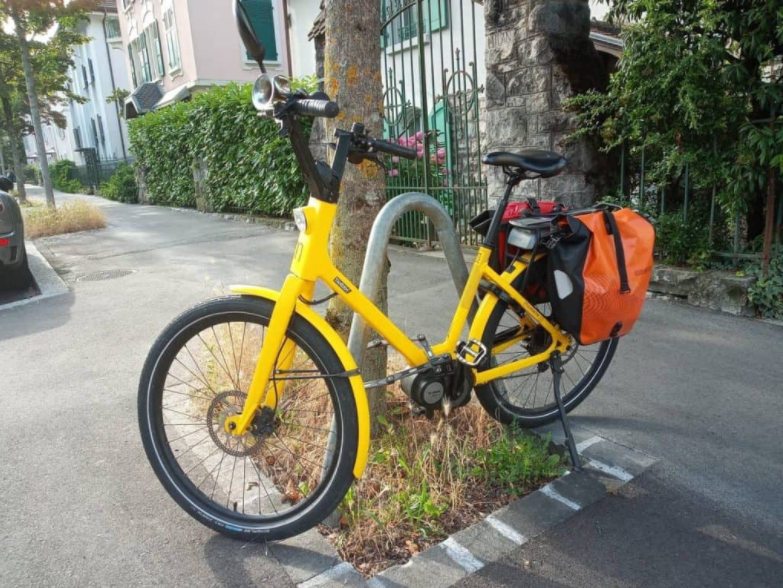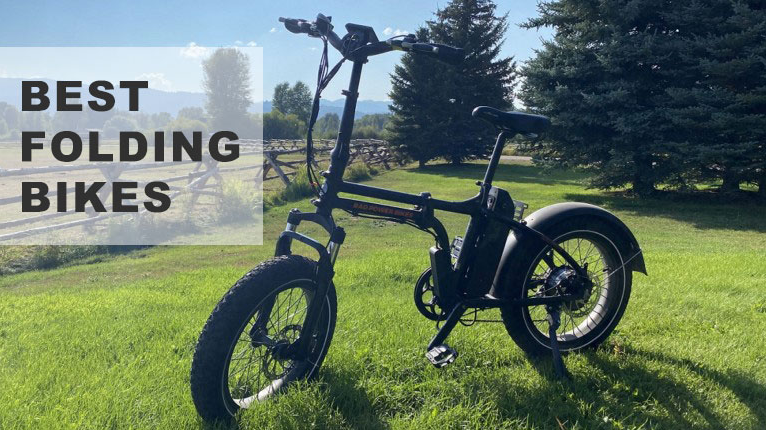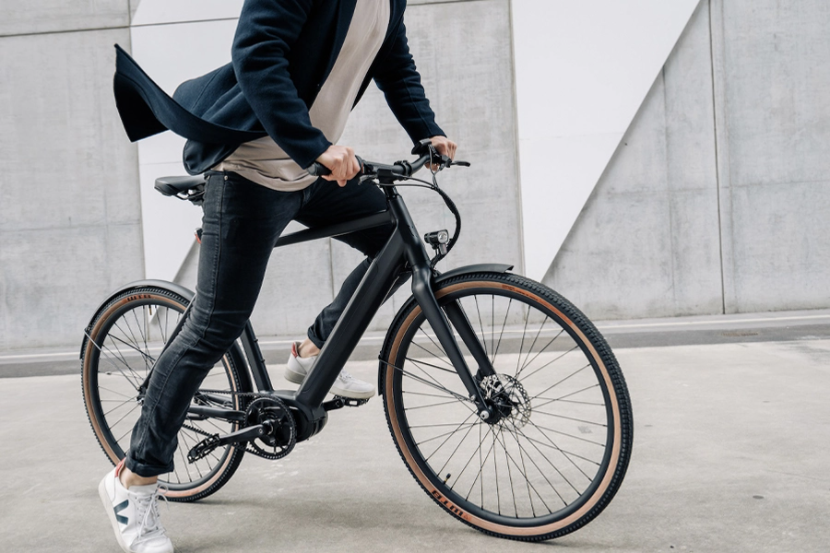In this last period, we hear more and more often about “ smart mobility” (bicycle). A new term that indicates the new way of getting around the city through more efficient and less polluting alternative forms of transport.
Electric bicycle, an alternative way to get around the city
Among the alternative forms of transport, the electric bike is undoubtedly emerging. A new means of transport that is comfortable and economical but above all eco-sustainable.
The term e-bike is used to indicate pedal-assisted bicycles also called pedelecs (pedal electric cycle). They are equipped with an electric motor, which, thanks to a battery, aims to assist the cyclist’s muscle strength while pedaling.
The electric bike is comparable to a small displacement moped. For this reason, it follows the same restrictions imposed on scooters, such as the obligation to drive with a helmet, possession of the relevant driving license, stipulation of third-party liability insurance.

The e-bike, in the same way, can circulate wherever motorcycles are allowed to transit but not bicycles.
The characteristics of electric bicycles
The e-bike has particular characteristics compared to the traditional bike such as:
- Derisory cost of power. The savings are around 1500%: powering the electric bike has a negligible cost. Not to mention all the other expenses, insurance,
- Speed . The electric bike allows you to go faster with less effort. For this reason it is particularly suitable for commuting from home to work or for getting around the city. You also avoid stress, traffic and the risk of accidents with other vehicles as you can use suitable cycle paths.
- Possibility of pedaling in traditional mode and exercising, combining muscles with electricity and going very fast with each pedal stroke. You can also choose the “off” mode to use it 100% like a normal bicycle.
- Safe and intelligent technology, protects cyclists from the risk of breakdowns and short circuits. Unlike gasoline, batteries used for electric bikes are not at risk of fire or explosion. The limited speed compared to scooters and mopeds makes them safer.
- Zero emissions . The electric bike does not use fossil fuels and does not release toxic emissions. In charging the batteries there is indirect CO2 emission, but compared to a car the environmental impact is enormously lower.
- Type of electric bike suitable for everyone , even for those who cannot make too much physical effort. Ideal for effortlessly reaching places where cars cannot access.
- It doesn’t make you sweat ! Do you think it is little? Think if you have to go to work by bike? Introducing yourself all sweaty wouldn’t be the best! With this bike you have solved the problem!
- Silence . This type of bike, compared to cars, motorcycles and scooters, does not make any noise!
Electric bikes: motor and electric battery

There are two types of an electric motor:
- Electric hub motor: positioned in the bike hubs. The position is defined by companies based on the balance of the bike with the battery. These are ideal motors for uphill slopes of around 10-15%. They have a lower plain consumption than the bottom bracket motors. The most used are the Bafangs.
- Electric motor in the bottom bracket: positioned in the area of the pedals, it turns the crown and in turn the pedals also exploit the gear changes. It is larger in size than the motor in the hub. It allows you to reach slopes of 20-25% and for this reason it is an ideal engine also for Mountain Bikes.
Electric motors can have two types of power sensors such as:
- Pedaling cadence sensor: the movement of the pedals affects the power of the engine, the effort can also be minimal to turn the engine and the handlebar controls (which vary from 3 to 7) regulate the power level.
- Stress sensor: system that regulates the pressure on the pedals. Also in this case, the levels are adjusted via the handlebar control (from 3 to 5).
Regarding electric bicycle batteries, lead batteries are now the least used, cost less but have a shorter duration over time than other types.
The most used are lithium batteries: small and lighter, they cost more but have a longer duration over time.
The standard of electric batteries is 36 volts and 10 Ah (360 Wh). This capability provides a base range of 40 to 60km, which can vary based on the rider’s effort on the pedals and the level of power selection on the handlebar control.
There are different models and types of electric bicycles. Let’s find out together!
Urban electric bicycle (city bike).
This type, pedal-assisted designed for urban use, is the most widespread on the market. It represents the very essence of the electric model on two wheels: the pedelec was born precisely from the need to provide a vehicle suitable for the needs of large cities, capable of representing a real alternative to public transport and the car for internal travel within the urban dimension. . This model is obtained starting from classic bicycle models, to which is integrated a special kit for electric bikes consisting of the following elements: battery, motor, on-board computer, and pedaling sensors.
Electric sports bike:
there are two types, trekking bike, and mountain bike, designed for sports cycling enthusiasts. The main differences between the two models of sport electric bikes are in the components: the electric mountain bike has more robust and also heavier components. The frame is made up of narrower tubes than the trekking bike. Furthermore, the shock absorbers are lighter and less performing. Both models consist of a central engine, mounted at the height of the frame. It guarantees greater resistance both in the event of impacts and in the event of the typical stresses of two-wheeled hiking.
Folding electric bike:

Very suitable for the city, as the rate of bicycle, theft is very high. It is a very light type since it must be folded into several parts and allow to be transported.
Electric fat bike:
Type of electric bicycle designed to ensure effective control of the two wheels in extreme conditions such as snow, wet, marshy, or gravel-covered surfaces. Elements that make the surface covered by the cyclist unstable. This model of electric bike is characterized by a conformation of the tire and the rim. The tire has a minimum thickness of 3.8 inches. And the diameter of the rim reaches a minimum of 44 mm.
Cargo bike:
Three-wheeled electric bicycle consisting of a drawer, placed on the front end and which allows the transport of loads up to 300 kg in weight. This model is having considerable success in the business environment. It is very popular both for freight in restricted traffic areas and for passengers. It also combines the functionality of facilitated transport with the ecology of electric traction.
Another article on this blog that may interest you:
Bicycle: How to choose a high-quality and inexpensive bike

